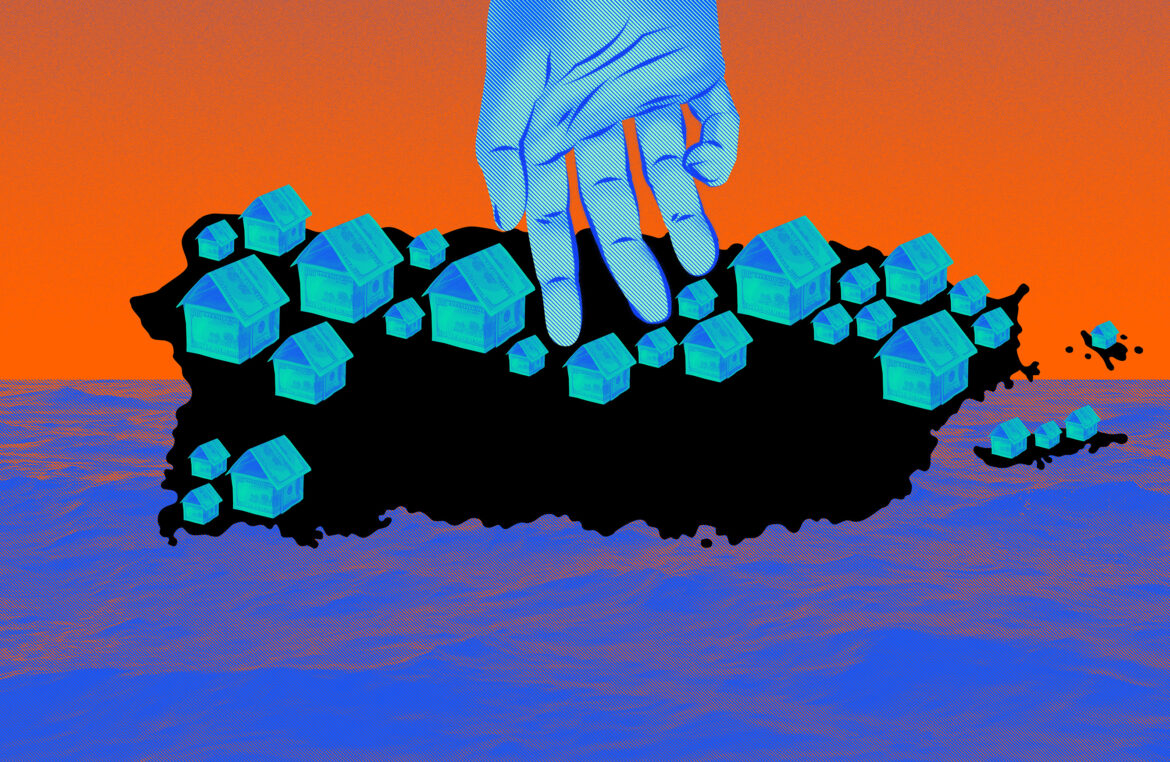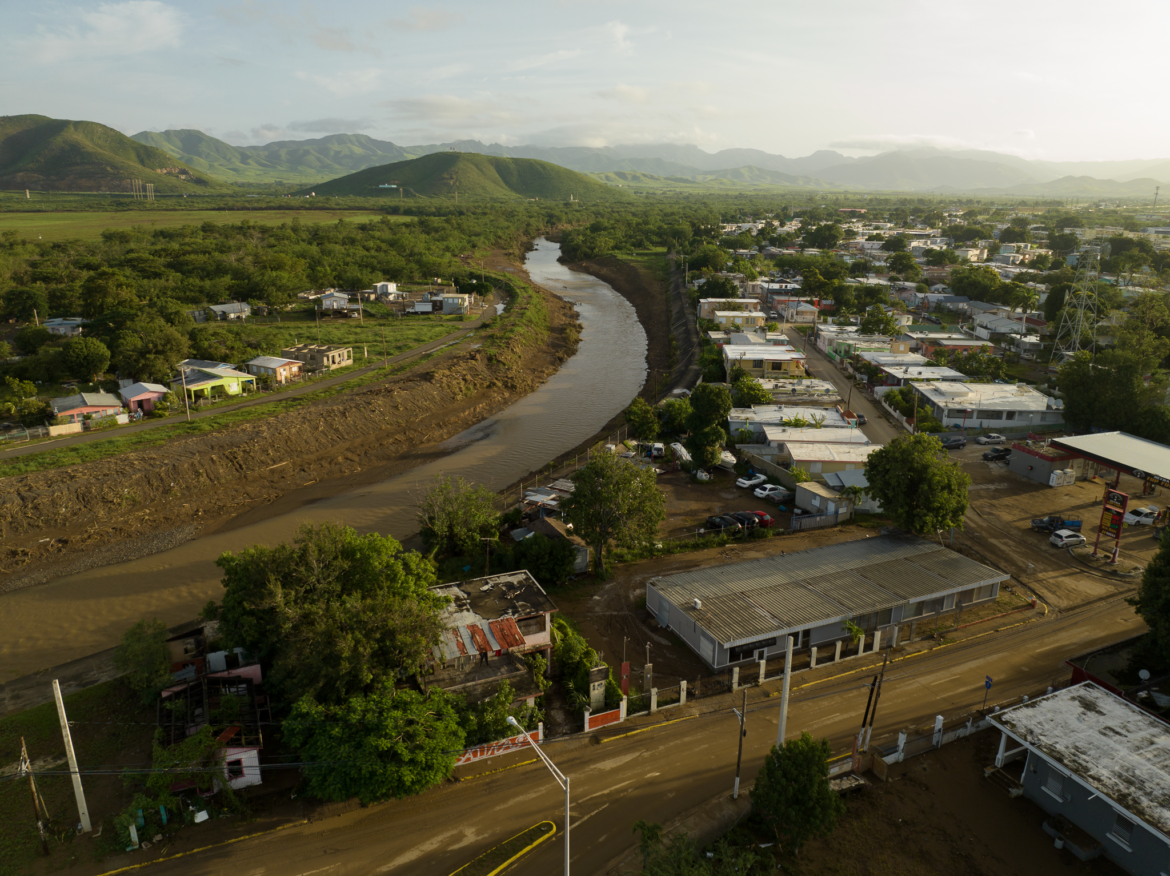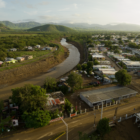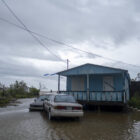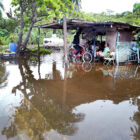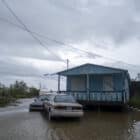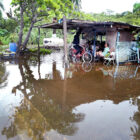Communities around the irrigation channels, whose conditions worsened due to the flooding caused by Hurricane Fiona, will continue to be at risk because there are no immediate solutions to prevent obstructions during extraordinary rainfall events, experts and the government of Puerto Rico told the Center for Investigative Journalism (CPI, in Spanish). Although the Federal Emergency Management Agency (FEMA) set aside $62 million in Hurricane María recovery funds for permanent work projects for this network of irrigation channels, the process is still in the design stage, one of the steps required by the federal agency to allocate the funds and, eventually, disburse them. The Puerto Rico Electric Power Authority (PREPA) submitted three permanent works projects to FEMA in October 2021 for the three irrigation districts it manages in Patillas in the South, Isabela in the North and Lajas in the southwestern coast. These structures belonged to the former Puerto Rico Water Resources Authority (PRWRA), created in 1941 to manage the reservoirs used for electricity generation. Irrigation channels are part of that system and now provide water for agriculture in those areas.


